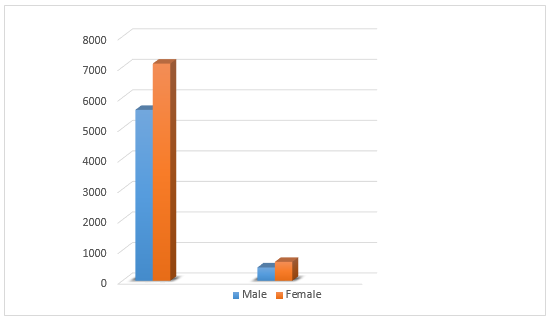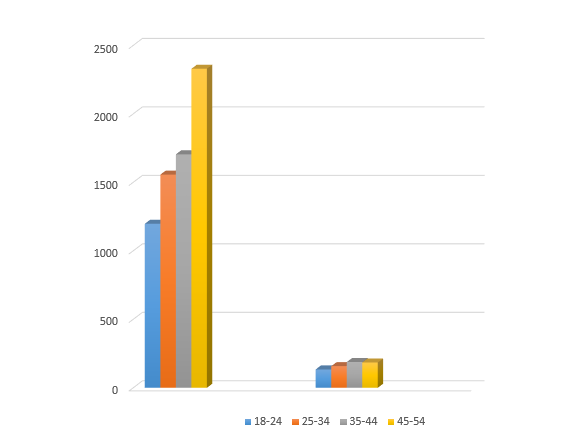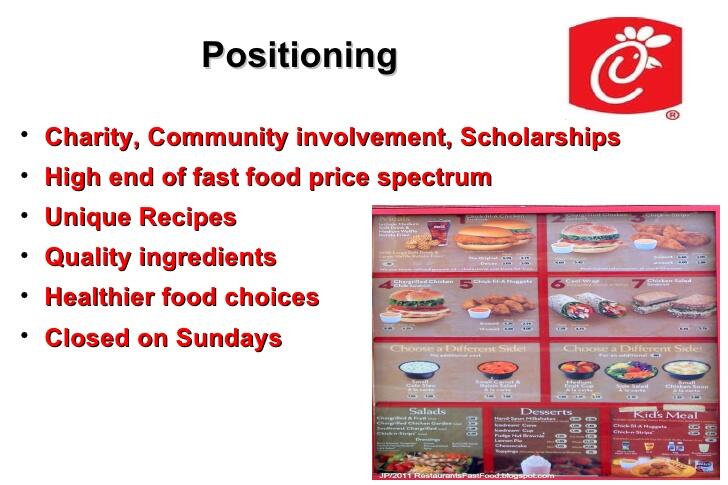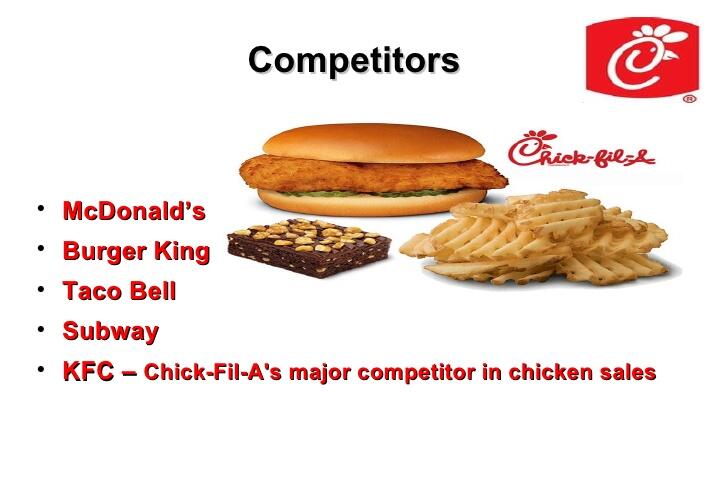Introduction
The analysis of this or that brand depends largely on consumer interest in specific products and clients’ satisfaction with the services provided. Based on customer demographic data, it is possible to analyze the Chick-fil-A fast-food network and compare some data to compile a relatively accurate picture of people’s preferences. As variables, different data will be used – gender, race, age, household income, and geographic locations. The use of the comparative methods of analysis allows highlighting key opportunities for the network in question and segmenting its audience, identifying certain groups of the population as prevailing ones.
Segmentation and Targeting
Based on the analysis and evaluation of consumer interest, it is possible to identify the main categories of the population interested in visiting Chick-fil-A. As it is shown in Figure 1, the female population chooses this network of fast-food restaurants more willingly than the male one. The total number of respondents is 5,604 males and 7,119 females. The numerical ratio of people is 438 people at 621, respectively.

When evaluating the popularity of the network under consideration in the context of the age criterion, Chick-fil-A is more among adults than young people. Respondents belonging to the age group from 35 to 54 make up the largest number of visitors. The number of study participants from 18 to 24 years is the smallest, and according to the analysis results, they visit this network of fast-food restaurants more rarely, and the results of this study are given in Figure 2.

Another criterion for assessing the popularity of Chick-fil-A is the analysis of racial preferences. Based on the number of respondents in accordance with their race, it is possible to make a proportional ratio. White citizens form the largest number of research participants, and they are the most frequent visitors to the restaurant chain. The representatives of the Asian race and other nationalities are less likely to go to Chick-fil-A, as it can be shown in Figure 3.

There are also other criteria that can be taken into account when segmenting Chick-fil-A customers, in particular, household income and geographical locations. In accordance with the first indicator, the most frequent visitors to the catering establishments of this brand are respondents with the household income that varies from $ 100,000 to $ 149,000. Regarding the geographical location factor, the mid-Atlantic region is the leader in providing services to its customers, since of 1,287 respondents, 143 people confirm that they regularly attend Chick-fil-A.
Positioning
When evaluating the strategies of the fast-food chain in question, it is essential to examine some of the components of the company’s work. For instance, the brand personality is strong enough, and the corporation’s recognition among customers helps the management of Chick-fil-A to have a sufficient client base. The brand’s positioning allows identifying the key concepts that the company adheres to – food choices, recipes, ingredients, and internal strategies (“Positioning,” 2012). Based on the information provided, Chick-fil-A is a sustainable organization with a significant number of loyal customers.

Brand equity is the indicator that makes it possible to assess the relevance of a particular company in the market based on its competitiveness and ability to provide the required services. Chick-fil-A has many rivals in its field and has to face significant competition (“Competitors,” 2012). This fact, however, does not stop the organization from operating successfully and making profits due to its quality management policy.

One of the main competitive advantages of Chick-fil-A is the cooking dishes exclusively from chicken meat. It distinguishes the organization from many other companies specializing in fast-food dishes. Also, the corporation in question adheres to the policy of retaining customers due to the formation of their positive opinion about the service (Reed, Neubert, & Waldron, 2015). These approaches allow the organization to compete with other similar companies successfully and have a constant target audience.
References
Competitors. (2012). Web.
Positioning. (2012). Web.
Reed, M. M., Neubert, M., & Waldron, T. (2015). Chick-fil-A: Responding to activists’ threats. Journal of Business Ethics, 12, 189-202.